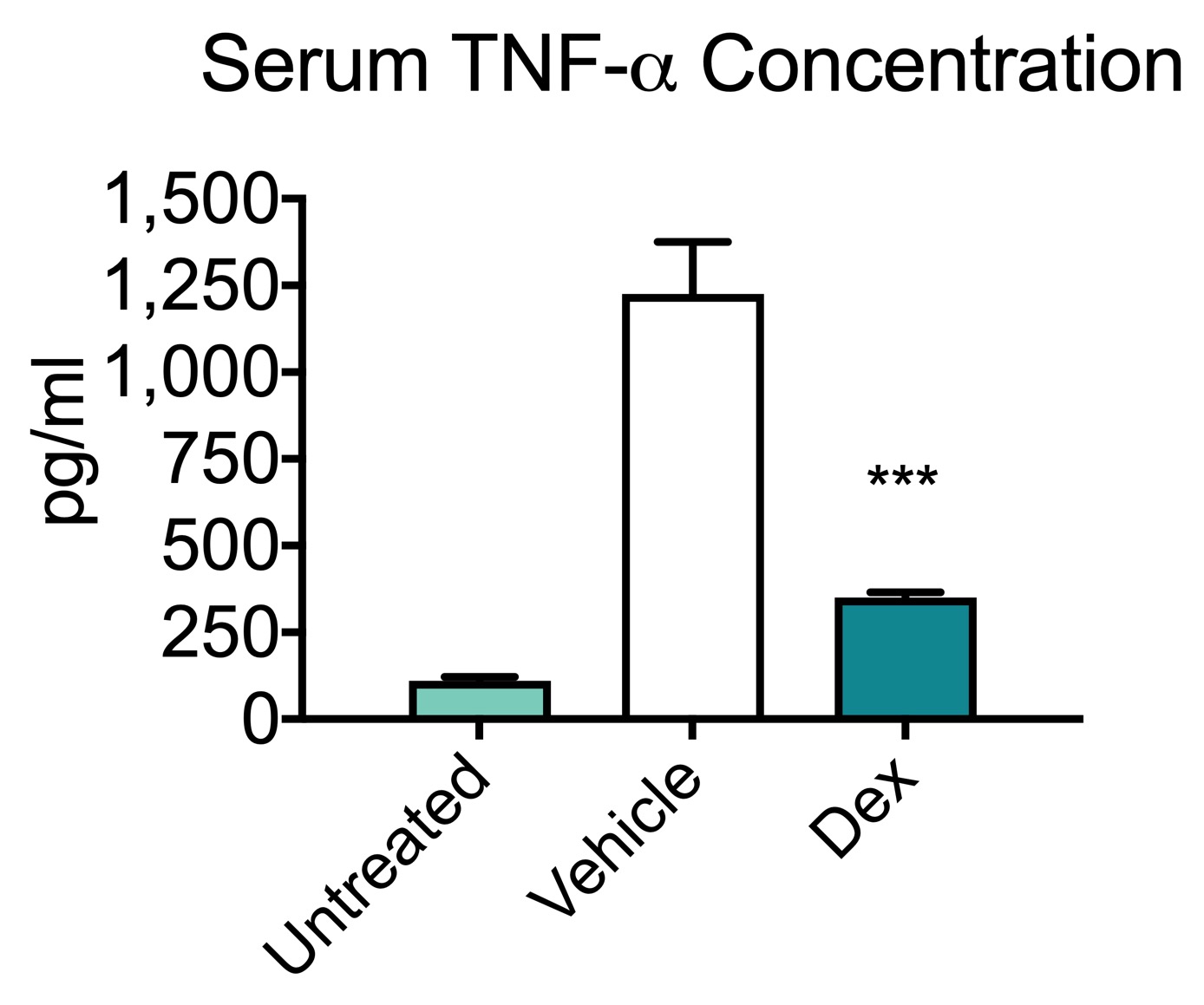
Bacterial Lipopolysaccharide Disrupts Endothelial Monolayer Integrity and Survival Signaling Events through Caspase Cleavage of Adherens Junction Proteins* - Journal of Biological Chemistry
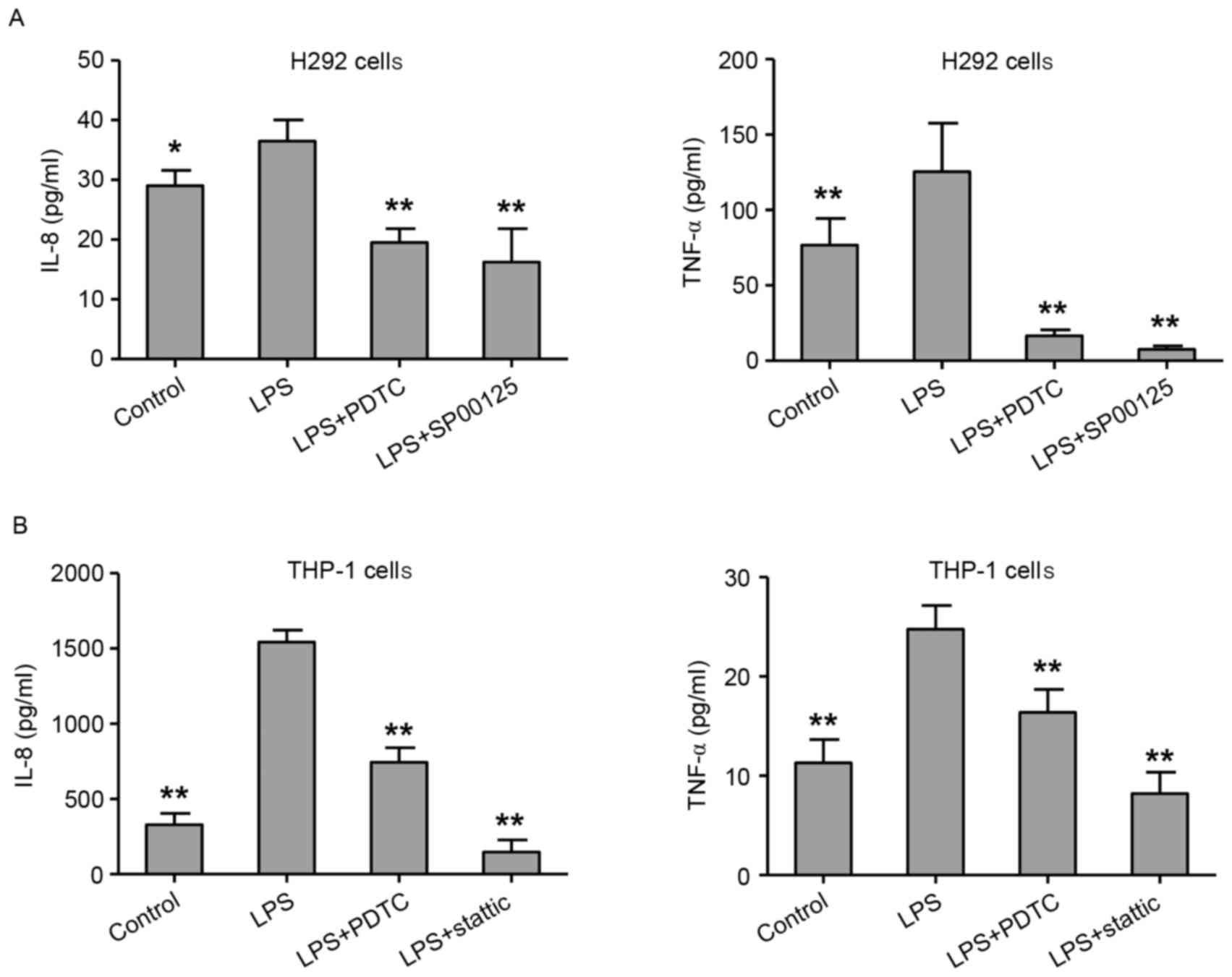
LPS‑induced proinflammatory cytokine expression in human airway epithelial cells and macrophages via NF‑κB, STAT3 or AP‑1 activation

Concentration-and time-dependent effects of lipopolysaccharide (LPS) on... | Download Scientific Diagram
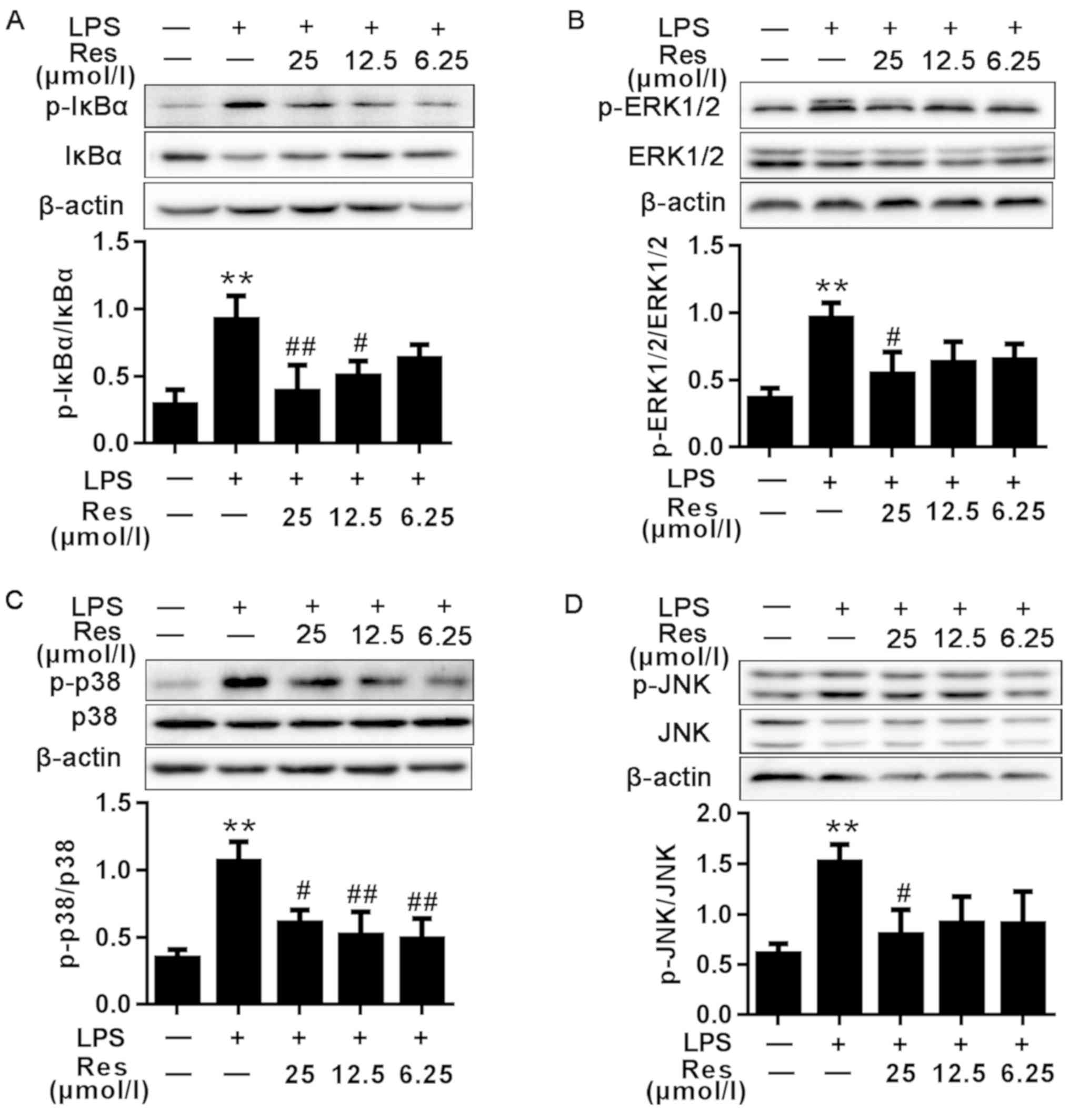
Resveratrol inhibits LPS‑induced inflammation through suppressing the signaling cascades of TLR4‑NF‑κB/MAPKs/IRF3

In Vivo Lipopolysaccharide Exposure of Human Blood Leukocytes Induces Cross-Tolerance to Multiple TLR Ligands | The Journal of Immunology

Naloxone and Ouabain in Ultralow Concentrations Restore Na+/K+-ATPase and Cytoskeleton in Lipopolysaccharide-treated Astrocytes* - Journal of Biological Chemistry

Differential effects of omega-3 fatty acids on lipopolysaccharide (LPS)-induced macrophage activation in combination with cox inhibition - Atherosclerosis
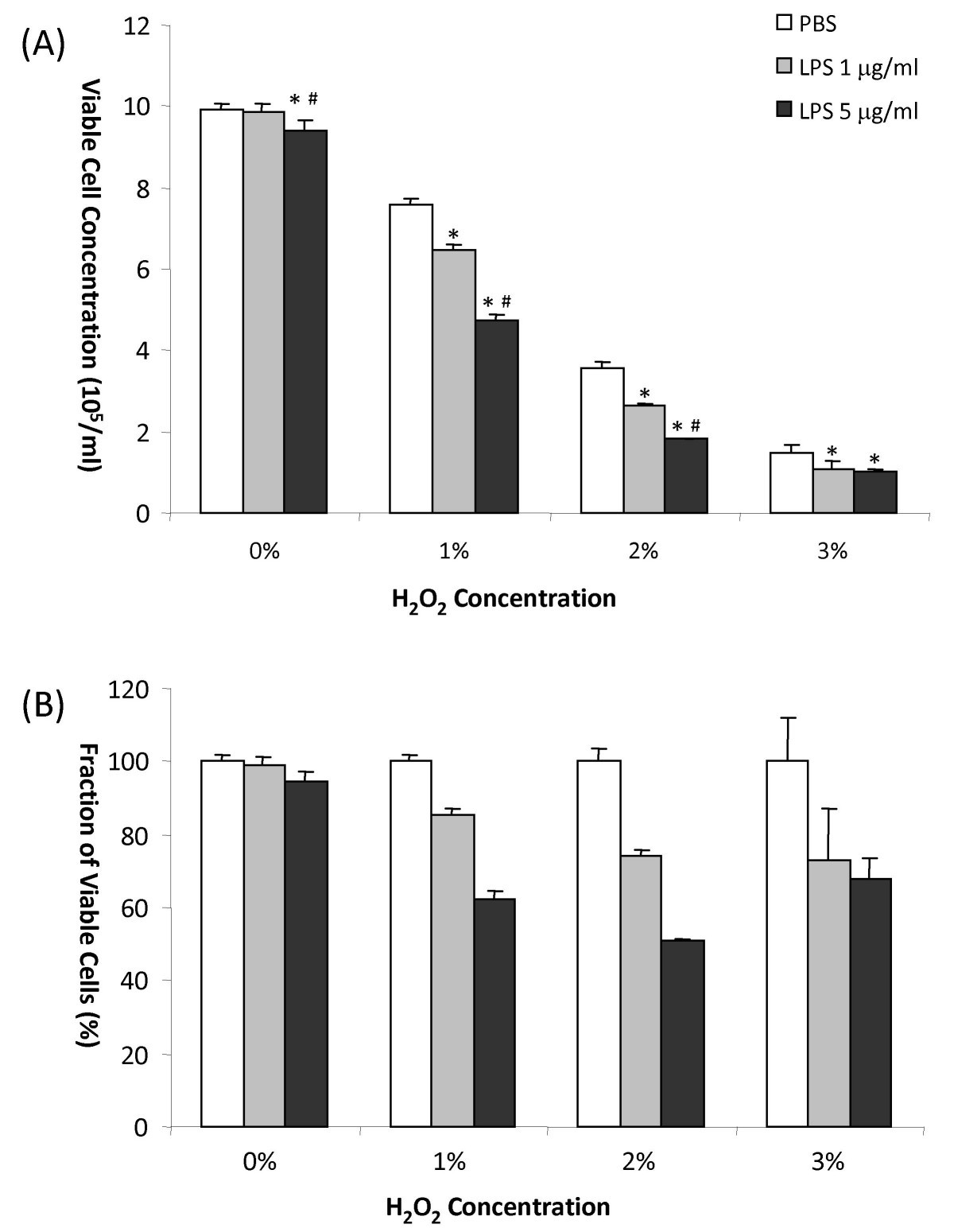
Lipopolysaccharide (LPS) potentiates hydrogen peroxide toxicity in T98G astrocytoma cells by suppression of anti-oxidative and growth factor gene expression | BMC Genomics | Full Text

Bacterial endotoxin enhances colorectal cancer cell adhesion and invasion through TLR-4 and NF-κB-dependent activation of the urokinase plasminogen activator system | British Journal of Cancer
Polymyxin B Inadequately Quenches the Effects of Contaminating Lipopolysaccharide on Murine Dendritic Cells
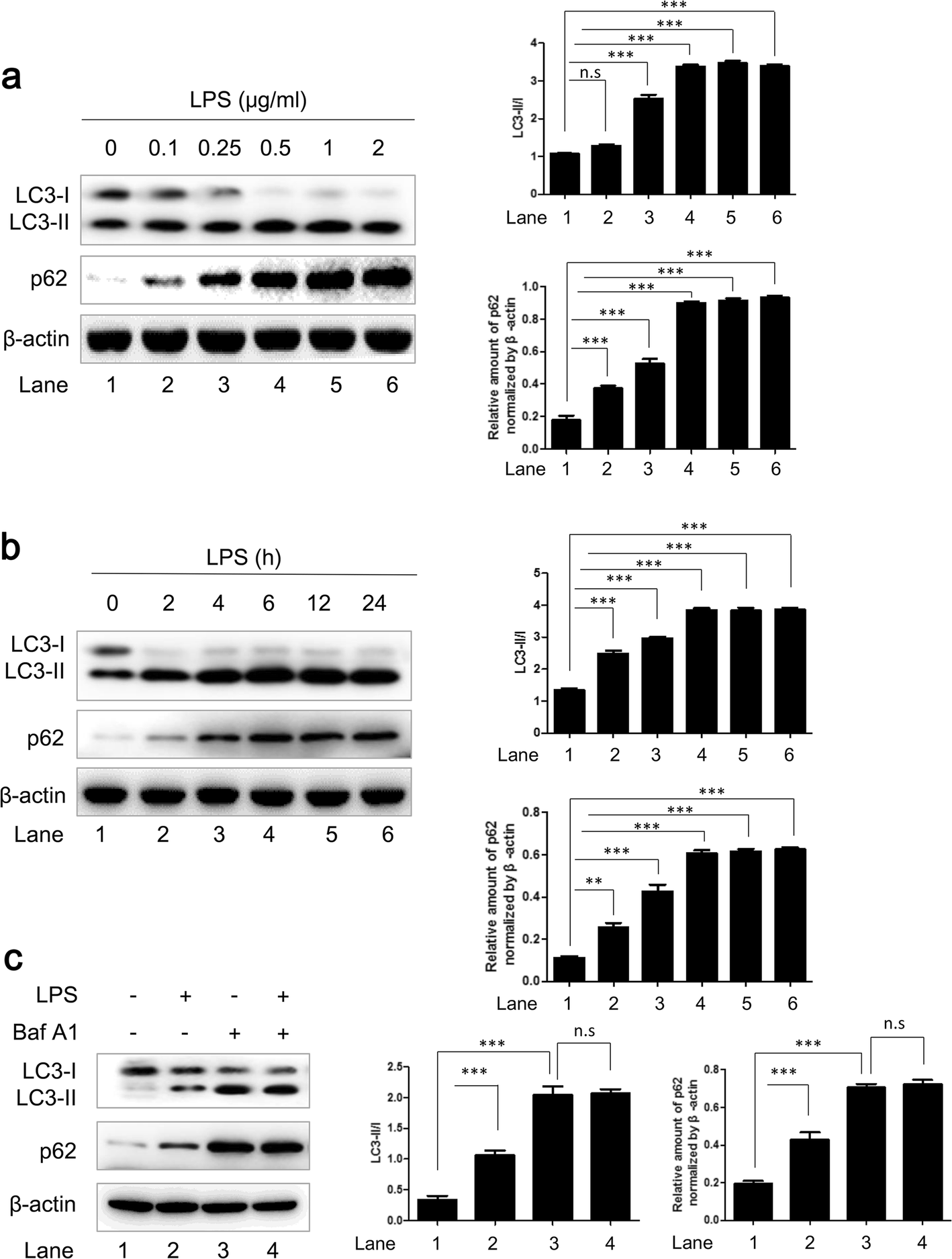
Figure 1 | GSTP1 Inhibits LPS-Induced Inflammatory Response Through Regulating Autophagy in THP-1 Cells | SpringerLink
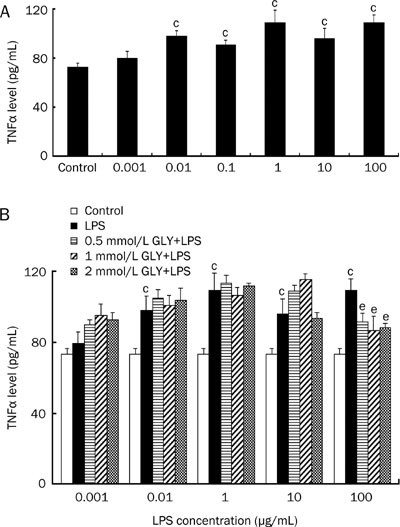
Glycine inhibits the LPS-induced increase in cytosolic Ca2+ concentration and TNFα production in cardiomyocytes by activating a glycine receptor | Acta Pharmacologica Sinica

LPS‑induced proinflammatory cytokine expression in human airway epithelial cells and macrophages via NF‑κB, STAT3 or AP‑1 activation

A Novel Class of Antioxidants Inhibit LPS Induction of Tissue Factor by Selective Inhibition of the Activation of ASK1 and MAP Kinases | Arteriosclerosis, Thrombosis, and Vascular Biology
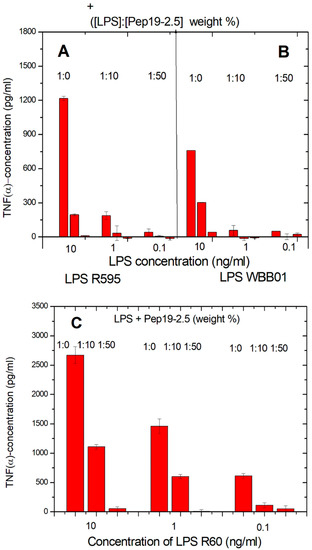
IJMS | Free Full-Text | Anti-Infective and Anti-Inflammatory Mode of Action of Peptide 19-2.5 | HTML
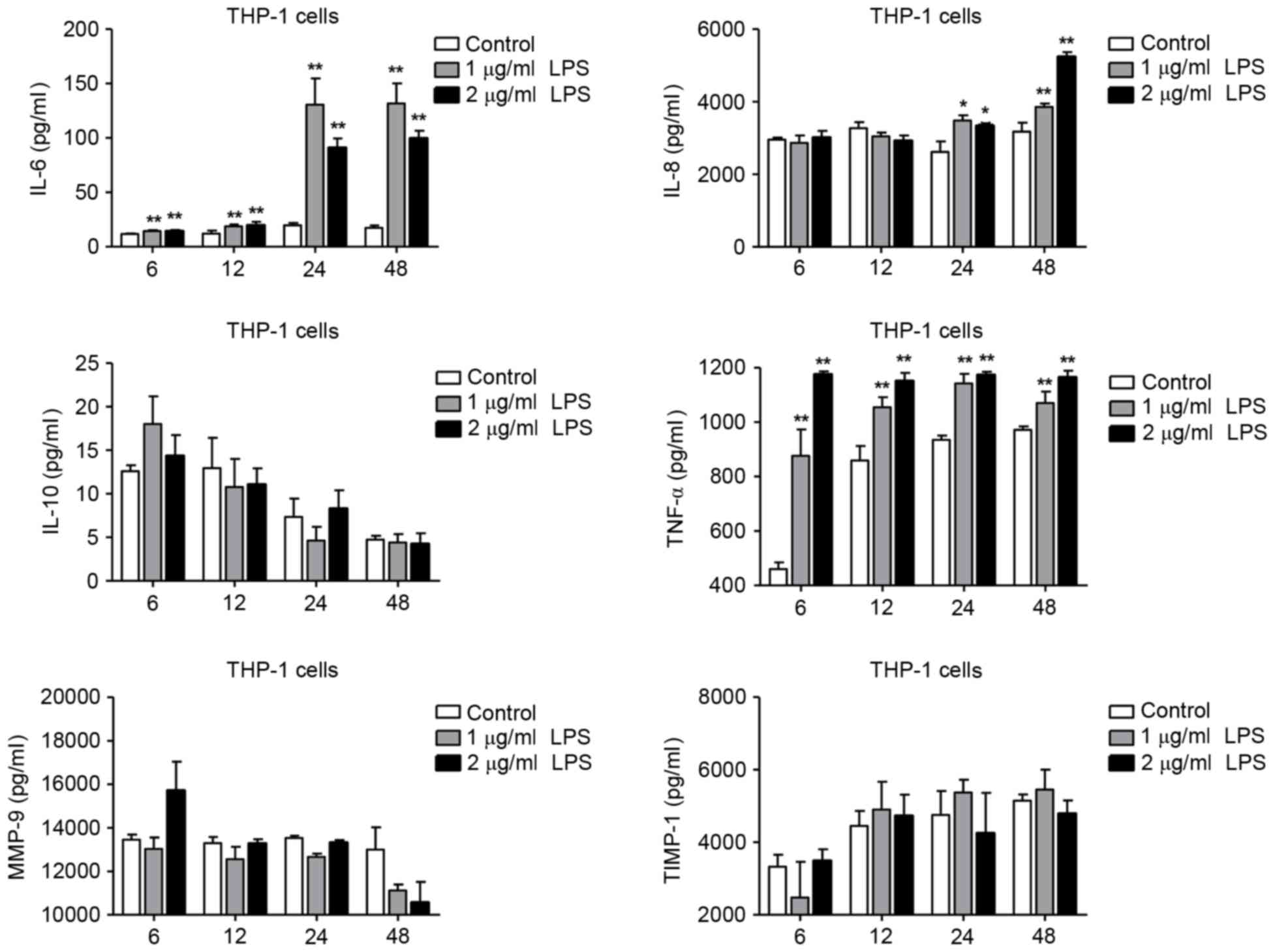
LPS‑induced proinflammatory cytokine expression in human airway epithelial cells and macrophages via NF‑κB, STAT3 or AP‑1 activation

Concentration-and time-dependent effects of lipopolysaccharide (LPS) on... | Download Scientific Diagram
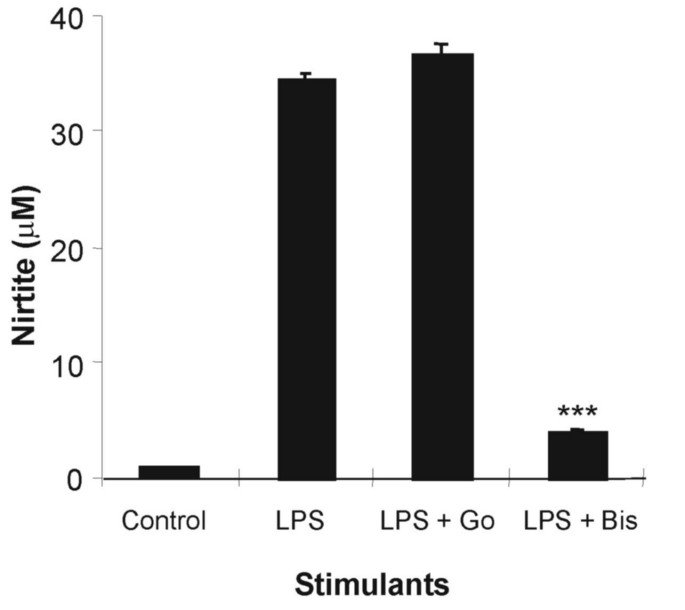
Modulation of LPS stimulated NF-kappaB mediated Nitric Oxide production by PKCε and JAK2 in RAW macrophages | Journal of Inflammation | Full Text



